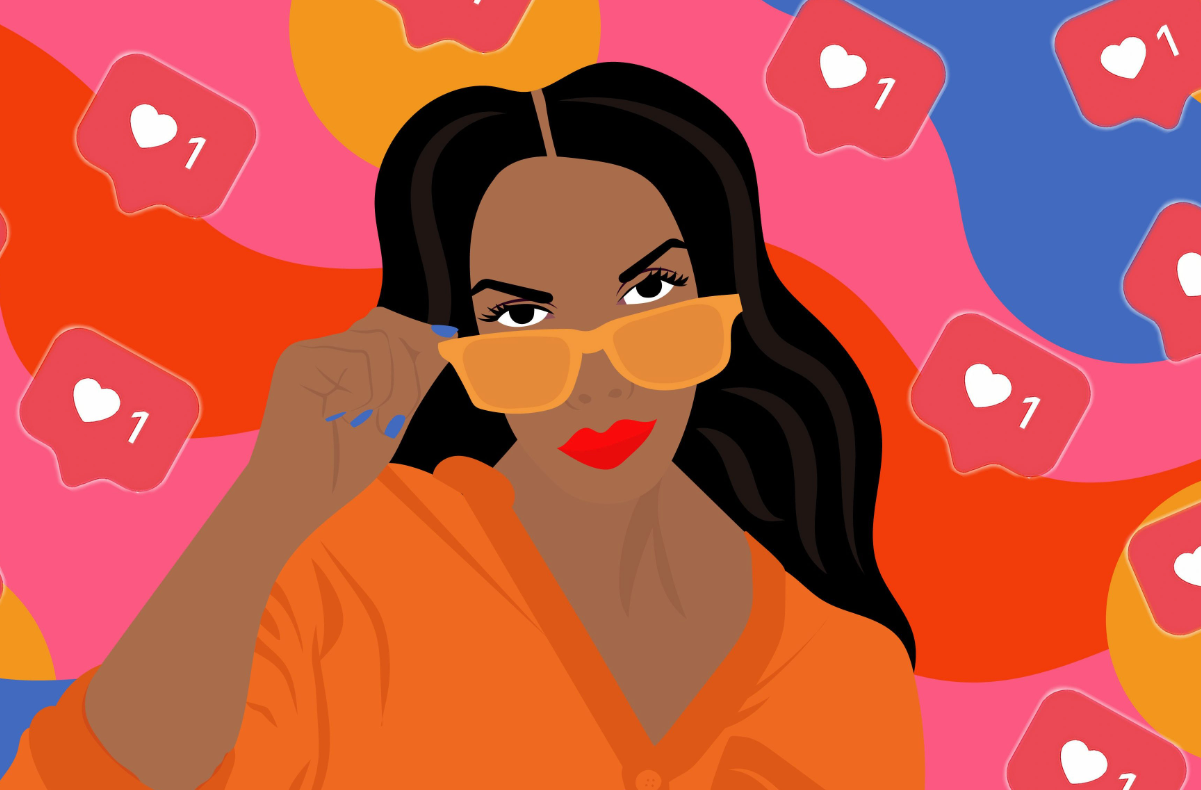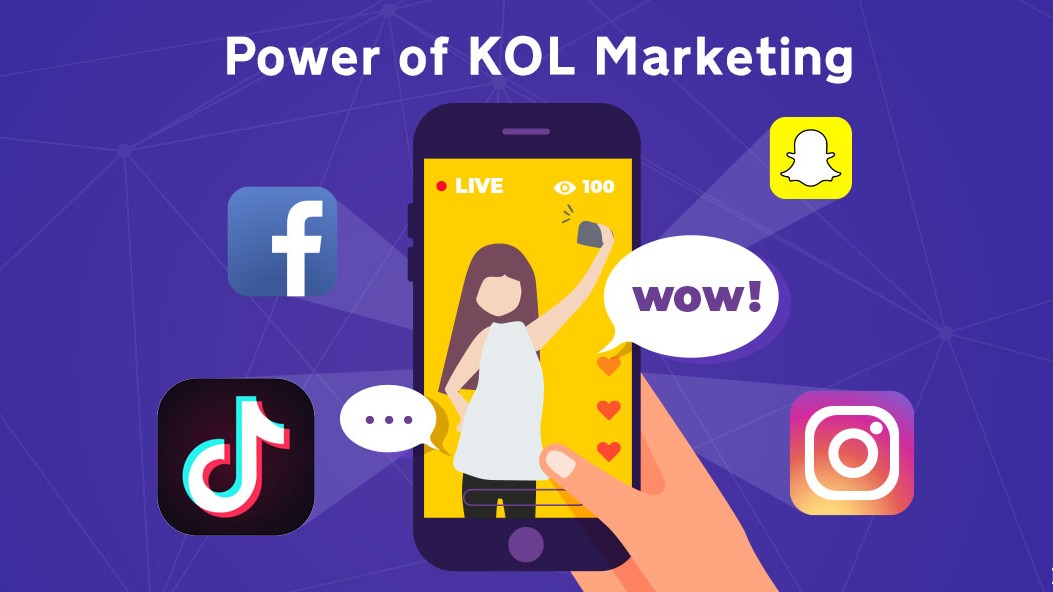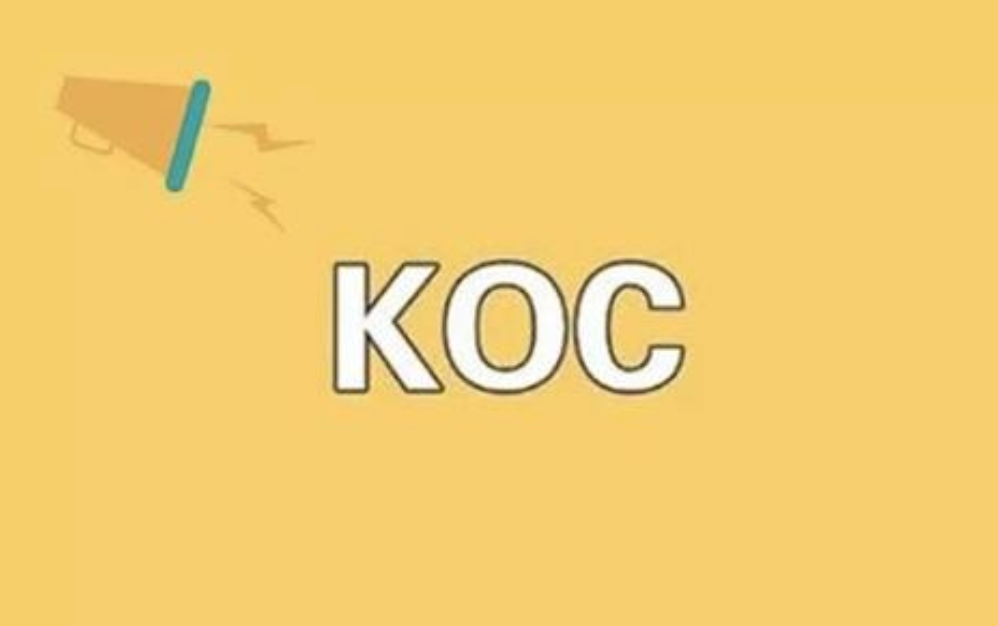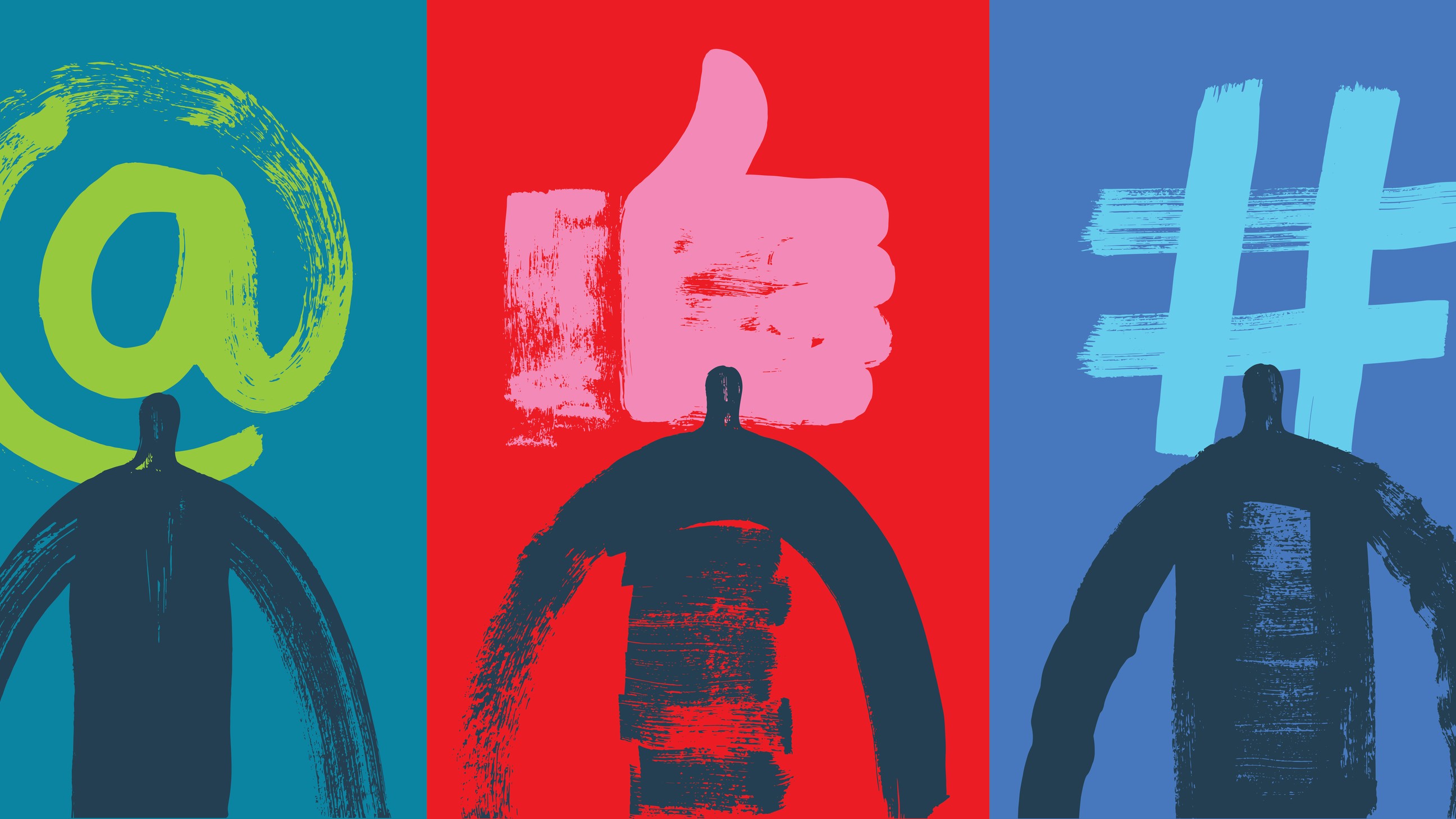
Chinese Emerging Economy of Influencers
With the popularization of the "Internet+" concept, we are entering an era of a "new economy", and in this context, the fan economy is growing rapidly. As early as 2019, the market size of fan economy-related industries has exceeded ¥3.5 trillion, with a growth rate of 24.3%. However, the living states at home under Covid-19 have made the connection between residents, the internet, and social media closer, objectively promoting a better form of communication between fans and celebrities and providing a guarantee for the rapid development of the fan economy.
The influencer economy is a consumer behaviour based on fan relationships. In the context of economics, fans also have the identities of consumers. In addition to the earliest consumer support for purchasing peripheral products of celebrities, the influencer economy in Chinese market has developed new ways, such as user reward, content payment, live-streaming commerce, and advertising.
In the future, the influence economy will develop in the direction of "everything can have fans". Except for celebrities, both commodities and IPs can have their own fans. And in every different fan relationship, there are different business opportunities waiting to be discovered.
General Operation of Influencer Economy
The high monetization rate of the influencer economy needs to be completed by multi-party cooperation of advertisers, content producers, platforms that distribute content and monetization traffic, and infrastructure providers responsible for advertising, marketing services, data monitoring, entrepreneurial services, and influencers' professional education. When advertisers want to place ads, they need to consider how different sectors in the influencer economic chain are playing their roles.Influencers or KOLs: Influencers are the core of the influencer economy, as they connect advertisers, platforms, and fans. Advertisers need to find target influencers according to brands' characteristics and advertising needs. A KOL can inspire fans to purchase products mainly because the core values in his or her published content arouse the resonance and recognition of fans. Besides, the degree of fans' love, trust, and interaction with the KOL can also affect fans' consumer behaviour.
Content Producers or MCNs: Content producers are responsible for supporting influencers in producing and operating content. Except for creating advertising content based on both the advertiser's brand tone and the characteristics of the influencers, they also need to select the right platforms to display the content. Overall, Chinese MCNs can help influencers to meet more business cooperation opportunities, make more influence, and facilitate monetization. According to IMS, the number of MCN agencies has already exceeded 20,000 by 2019.
Platforms: Social platforms including WeChat and Xiaohongshu, video platforms including iQiyi and BiliBili, short video platforms including TikTok and Kuai Shou, and e-commerce platforms including Taobao and JD.COM, carry rich traffic and provide a place to live on for KOLs and their contents. User groups with the same attributes are gathered on different platforms respectively, at the same time, marketing techniques and constantly upgraded algorithms can accurately distribute different contents to target audiences according to users' interests, which also improves the realization speed. Against the background of the rising cost of public traffic, a social media platform with private traffic can constantly connects the influencers with fan consumers.
However, it is still fans and consumers who ultimately affect monetization are still fans and consumers. At present, influencer economies are mainly monetization by advertising and e-commerce, accounting for 98.9% and 96.6% respectively. According to fans' consumption habits, they prefer to shop online through short videos and live streaming, so brands can strengthen their investment in these two areas. It is also worth noting that different kinds of fan consumers can have influences on others, for example, pan-fans' consumption can penetrate general consumers, and accelerate fan consumption.
Taking IMS as an example, the Prospect of the Development Trend of the Influencer Economic Industry
Established in 2009, IMS is an important empowerment platform for the domestic influencer economy. IMS has efficiently connected core elements including advertisers, MCN institutions, KOLs, consumer users, content media platforms, and e-commerce platforms, and has built a wide-area influencer economic ecology. So far, IMS includes four major businesses, which are SMART social full service, WEIQ big data displaying platform for KOLs, third-party monitoring organization TOPKLOUT, and influencer accelerator IMSocial. In 2019, IMS's corporate revenue has reached ¥1.98 billion. Many of the marketing activities launched by IMS are classic cases in the industry.SMART of IMS has jointly created a marketing campaign for a cross-border cashback card with UnionPay. In this campaign, SMART uses a strategy of famous stars to leverage the influencer economy and emphasize its high-end, fashionable, and cashback features. For example, SMART invites Xian Li as its publicity ambassador, and uses this cashback card in Japan, experiencing the card in different scenarios, such as eating, living, traveling, and shopping to generate attention for the brand in the early stage. Afterward, by interacting directly with fans online and offline, Xian Li drove the product to continue gaining high exposure through his own traffic throughout the campaign. As of December 31, 2019, the marketing campaign for this cashback card has gained a total exposure of 900 million times, and the number of people who spontaneously spread the content of the cashback card on the Weibo platform has reached 2.4 million in China.
Besides, IMS has also supported the development of the influencer brand Luoyuanyuan. Luoyuanyuan first uses the feedback from small and micro KOLs to collect users' feedback in their brand start-up period, polished their advertising copies, and the live-streaming commerce strategies. After the brand impression was strengthened, Luoyuanyuan started to use mid-level KOLs to highlight product selling points and understand the potential inventory risks. Finally, Luoyuanyuan used top KOLs to endorse the brand and help with IP marketing. So far, three single products of Luoyuanyuan has sold over 1 million yuan within 3 months. The relationship between KOLs and fans makes it easier and more comprehensive for online brands to understand consumers' needs and preferences, and flexibly adjust their strategies to meet diversified needs. As consumers have the status of fans at the same time, they also have deeper emotional links with brands.
The commercial layout of IMS reflects the increasing penetration of the influencer economy in different industries, channels, and scenarios. At present, the business imagination of "influencer economy + X" is bringing a new trend of decentralized innovation. In the future, influencers will also be beyond the scope of KOLs and celebrities, with diversified influencer subjects such as items and virtual images.
In addition, the development of technology will also drive changes in influencer economics. For example, 5G technology is accelerating the transmission speed of content creators, improving content production efficiency, and helping to create new consumption scenarios. IMS sets up a live broadcast base in Wuyishan with the help of 5G technology to carry out a retail live broadcast project, which helps local tea farmers in Wuyishan to de-stock their goods and shape their tea brands, regardless of time and geographical location.



.jpg)



